Experts have always emphasized the need for stronger programs for educating people about climate change. But a recent incident has shown that the educational system itself is also becoming more affected by this crisis.
The hospitalization of 120 students participating in fire and earthquake drills in Cabuyao, Laguna was caused by the high heat index. This led to a recent call by Senator Sherwin Gatchalian to revert back to the old school calendar that begins in June, only a few years after the shift to the current schedule that starts in June.
While there are pros and cons to any school calendar, the climate angle must not be forgotten in the discussions. After all, it is unavoidable nowadays.
Rock and hard place
The shift to the current school calendar was not primarily caused by concerns about climate change. When first implemented in 2020, the Department of Education (DepEd) cited the challenges imposed by the COVID-19 pandemic and the resulting strict lockdowns, especially in the first few months.
The change was formally made through the enactment of Republic Act No. 7977, which allowed for classes to begin no later than 31 August.
Nonetheless, there are other advantages to the current schedule. For instance, aligning the opening of classes in primary and secondary schools with that in colleges and universities would make for a more standardized timeline across the entire educational system in the country.
Yet with the eventual return to face-to-face modes of instruction, the realities of the climate crisis are also becoming more prevalent to more Filipinos.
The traditional calendar was set up to coincide with the Philippines’s two seasons: rainy (June to November) and dry (December to May). However, there have been observed changes in rainfall patterns, including when it commenced in recent years, that may have been already caused by climate change.
Extreme weather disturbances disrupting schooling is nothing new in the Philippines. Practically every Filipino has experienced having their classes suspended due to heavy rainfall, strong winds, a PAGASA-issued storm signal, or flashfloods; sometimes, all three.
Yet with climate change making extreme weather events more unpredictable and/or intense, schools would face more risks throughout the year, whether due to extremely high temperatures, heavy rainfall, or some other threat.
Whichever month the academic calendar starts, students, teachers, and other school personnel will still be exposed to different manifestations of climate change all year long.
It is the responsibility of academic institutions to be as prepared as possible against these hazards to protect the well-being of everyone involved, and ensure that disruptions to learning and operations will be minimized, if not avoided.
Preparedness is key
To prevent more incidents like the one in Cabuyao from occurring, schools must be consistently aware and alert about local weather conditions and any significant changes. Constant communications with PAGASA or its local government, access to real-time weather updating, and early warning systems suitable to the local conditions are needed to properly plan school activities and minimize the chances of disruptions.
At the bare minimum, schools must fully integrate climate change into their disaster preparedness plans. This should include protocols in place for climate-related threats that would not fit into the traditional view of disasters, such as extremely high temperatures.
Ideally, school infrastructure should also be adequate to numerous environmental threats, including those caused by climate change. For instance, proper ventilation systems combined with enough greenery through small gardens or nearby forests would reduce the heat index and avoid cases of dehydration and exhaustion among students and teachers.
Unfortunately, many public schools throughout the country lack the budget to make their buildings, spaces, and other infrastructure climate-proof. Costs can also be too high for capacity-building among personnel to implement the necessary programs and activities for this purpose.
As we have seen during the lockdowns, not all schools have the capacity or budget to effectively conduct online classes, which becomes more important during days of extremely rainy weather.
All these signs point to the need for a massive transformation of the Philippine education system to become more climate-resilient. It is up to the leadership of DepEd, CHED, and TESDA, with support from other agencies and lawmakers to implement the necessary long-term programs and reforms for academic institutions to adapt to the changing climate, more crucially to get their priorities straight.
What should not also be lost in the discussions is the full integration of climate change into the curricula of primary and secondary schools, a long-awaited move that would accelerate building a culture of ecological citizenship instilled within the next generation of Filipinos, through lectures, experiments, field trips, and immersions in vulnerable communities and sectors.
After all, a truly resilient educational system is an indicator of a nation that is capable of addressing climate change or any other threat it faces. It does not happen with just another change in the calendar. That is perhaps the biggest lesson to learn from this situation.
John Leo is the Deputy Executive Director for Programs and Campaigns of Living Laudato Si’ Philippines and a member of Aksyon Klima Pilipinas and the Youth Advisory Group for Environmental and Climate Justice under the UNDP in Asia and the Pacific. He is a climate and environment journalist since 2016.

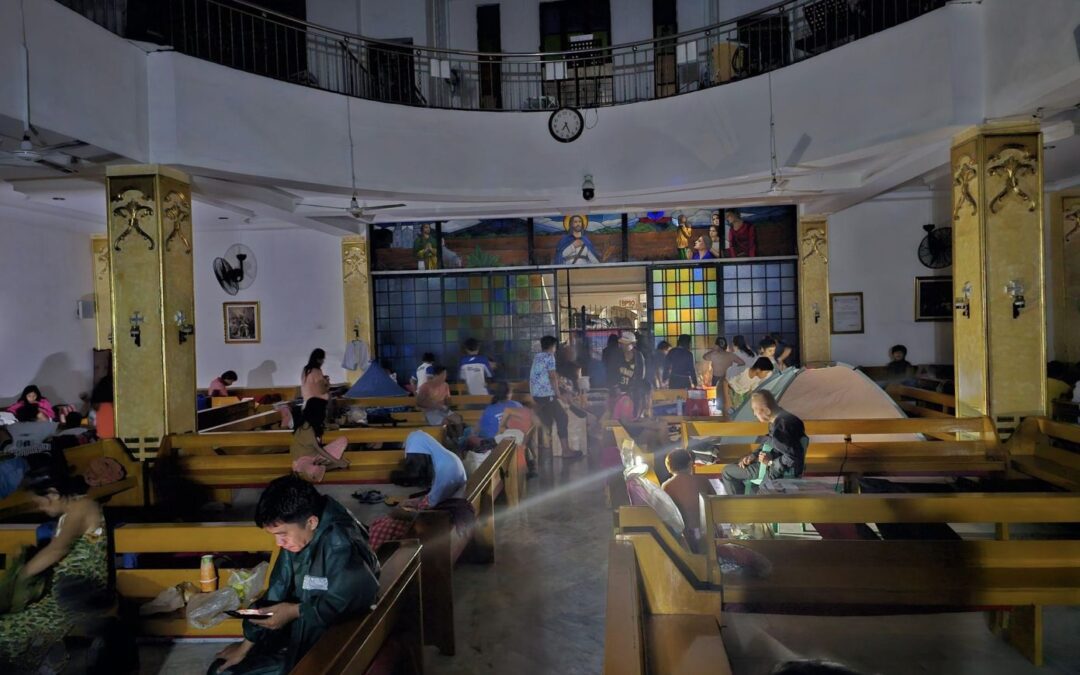
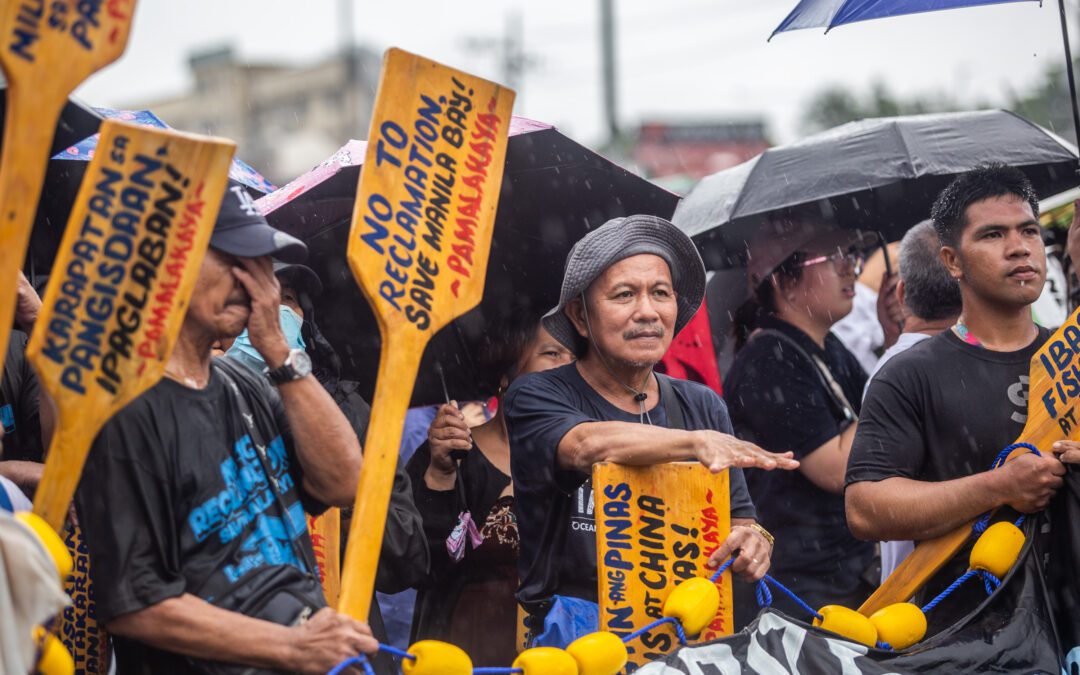
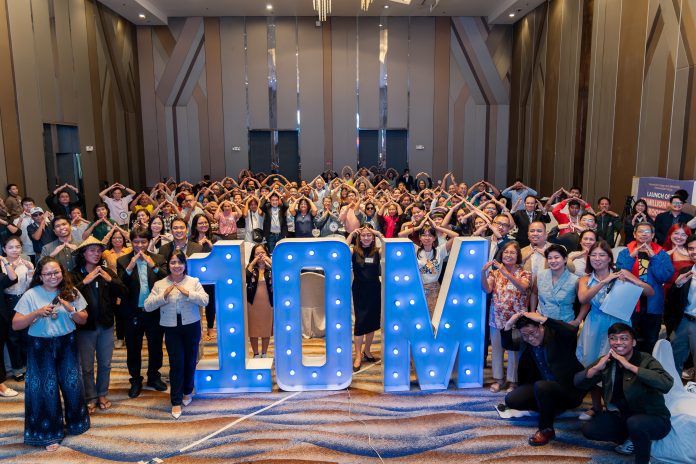
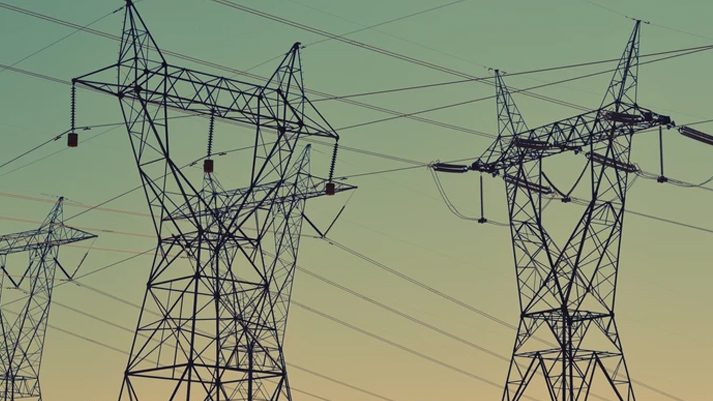
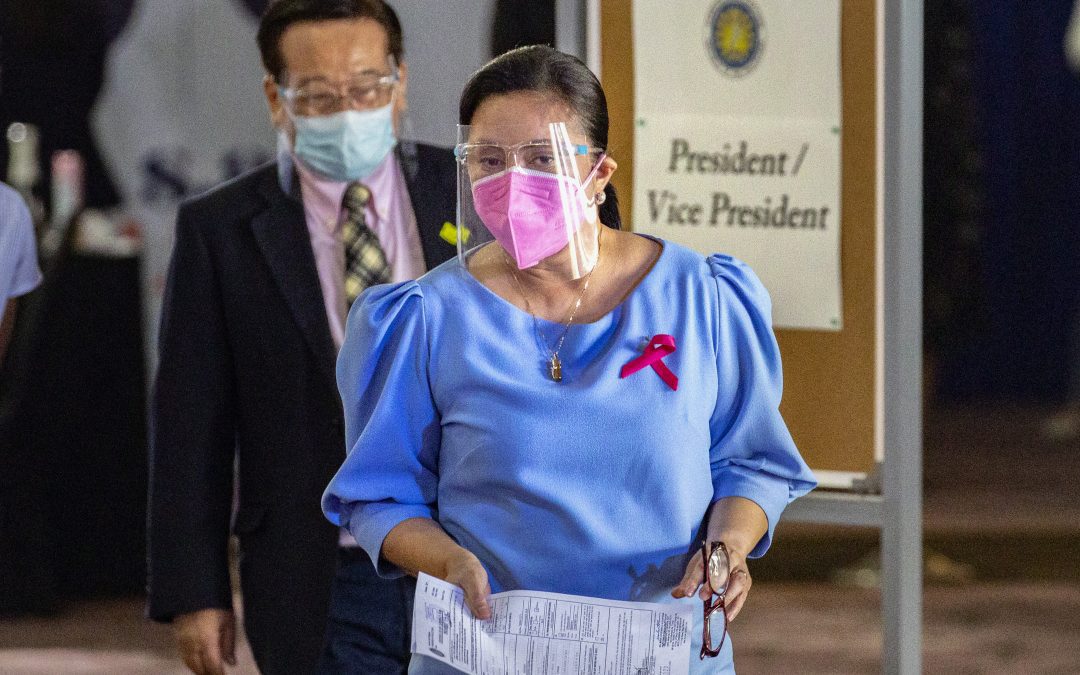
0 Comments